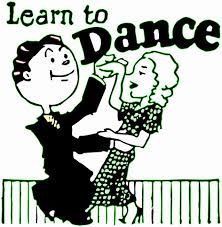As part of my continual development and professional reflection, I have been asked to choose one particular moment of semester 1 that was important to me as a professional and what I learned from the experience.
I have chosen the experience of visiting a school in Dundee for the working together module. The module visits didn’t just involve schools, but I found the visit to an actual school very beneficial for my own personal development and it proved to be a very positive experience.
I learned all about the ways in which the school worked together in general, and specifically ‘the toast room’ which was for children to come during lunch to relax and talk to the support workers if they had any issues to discuss, or if they just wanted company and a chat. I also began to experience how the school worked collaboratively with outside agencies as well as how they cooperate with social workers and CLD workers to provide children with the best help and support. This links perfectly with the ‘Getting it Right for Every Child’ or ‘GIRFEC’ approach which is at the centre of everything schools and teachers do and is vital in the development of children.
It was clear by the enjoyment and development of the children that the impact of the work being done was huge and, although it sounds cliché, it made me want to be a teacher even more.
I felt this experience has helped me broaden my understanding of the working together and cooperative aspect of the profession and it has improved my knowledge and developing my thinking further of just how important it is.

I have started to gauge how important and essential being an reflective practitioner is and how it can improve your chances of being a successful teacher.
It is crucial for teachers to be constantly reflecting on their practice to always be able to improve. There is always something to improve and if you can’t find anything to improve on then you’re probably in the wrong profession. It will not only improve your practice but it supports the development of the children in your class and the education profession in general. If every teacher shows professional commitment in order to reflect on the profession and their individual practice, it can only bring positive outcomes.
When I was at Baldragon Academy on my visit, we learned the importance of reflection as they looked at the ways they attempted to support children and realised some problems that may be affecting the support that they were offering. One area which was highlighted was that during ‘team around the child meetings’ there was too many adults associated with one child, which created fear and intimidation for the child so they reflected on this and now there is only a small group or even 1 or 2 adults who talk to children about issues they may have. This has improved the support available for children and is a positive example of reflection.
I believe that during my placements and thereafter in my career as a primary school teacher, being reflective constantly will aid my professional development and will help me grow as a person and a professional. I will be able to improve all the time, and will always be learning, in order to give myself and my children a better chance of being successful in school and during adulthood in the future.
We have to reflect on every experience, good or bad, to see what went well and why, and what needs improved upon and how we can do that.








